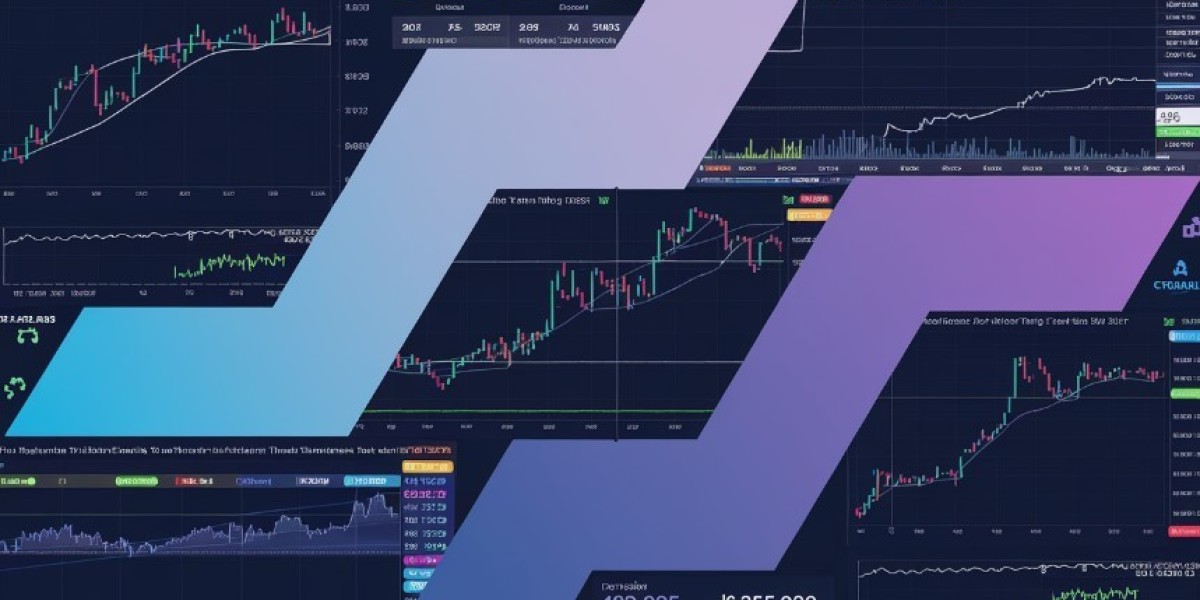In a world where globalization links economies more than ever, understanding the currency market is vital. Among the tools traders and institutions use to navigate these markets, currency futures stand out for their transparency, access, and flexibility. Simultaneously, the rise of future prop firms entities that fund traders based on performance—has opened new pathways for individuals to enter currency futures trading professionally. This article explores currency futures in detail and examines how future prop firms are shaping new opportunities in the space.
1. What Are Currency Futures?
Currency futures are standardized exchange-traded contracts that bind a buyer to purchase and a seller to sell a specific amount of a currency at a set exchange rate on a future date. They differ from over-the-counter forward contracts through centralization and enforceable standards.
Standardization & Transparency: Exchanges like the CME define contract size, expiration dates, tick values, and trading hours. For example, the Euro FX futures contract represents €125,000 at a specified EUR/USD rate. BenzingaInvestopedia
Mark-to-Market and Margins: Positions are adjusted daily based on market prices. Traders must maintain margins, and if their equity falls below requirements, they face margin calls. InvestopediaCorporate Finance Institute
Hedging and Speculation: Businesses hedge exposure to currency risk, while traders speculate on FX movements. InvestopediaCorporate Finance Institute
Physical vs. Cash Settlement: Many contracts are physically delivered, but most traders close positions before expiration. InvestopediaWikipedia
2. Benefits and Risks of Trading Currency Futures
Benefits:
Leverage & Capital Efficiency: Traders control large positions with relatively small capital outlay. Beo Forex AcademyAsia Forex Mentor
Liquidity & Transparency: Exchange-traded nature offers deep markets and visible pricing. Beo Forex AcademyInternational Money Transfer
Diversification: Allows exposure to FX markets without owning real currency. Beo Forex Academy
Reduced Counterparty Risk: Central clearing mitigates default risk associated with OTC forwards. Corporate Finance InstituteInternational Money Transfer
Risks:
Leverage Amplifies Losses: Small currency moves can result in outsized losses. Beo Forex AcademyForex Trading Platform
Expiration and Rollover: Traders need to monitor expiration dates and potential rollover cost. Beo Forex AcademyAsia Forex Mentor
Volatility & Market Risk: FX markets react sharply to economic or geopolitical events. Beo Forex AcademyInternational Money Transfer
Complexity: Requires understanding of FX fundamentals, technical tools, and contract specifications. Forex Trading PlatformAngel One
3. How Currency Futures Work: Mechanics & Examples
Historical Context: First launched by the CME in 1972, these contracts now span dozens of currency pairs with more than $100 billion in daily liquidity. Investopedia
Spot vs. Futures Rate Differences: Futures prices align with spot rates plus or minus interest differentials. Arbitrage ensures alignment over time. InvestopediaKotak Securities
Example: A U.S. company expecting payment in euros might sell Euro FX futures to lock in a USD exchange rate and hedge currency risk. InvestopediaCorporate Finance Institute
4. The Role of Future Prop Firms in Currency Futures Trading
Future prop firms—such as Topstep—evaluate traders through simulated challenges and offer funded futures accounts to those who demonstrate consistent performance and risk discipline. Though most prop firms focus on equity or broad futures, some allow participation in FX contracts.
Evaluation Process: Traders prove profitability and risk control in simulated conditions before earning access to capital-backed accounts. Wikipedia
Currency Futures Potential: While prop firms traditionally emphasize index and commodity futures, currency futures (e.g., EUR/USD contracts) are within scope—allowing funded traders to speculate on FX movements with firm capital.
Benefits for Aspiring Traders:
Low personal capital requirement
Access to professional-grade risk frameworks
Real-market exposure with structured risk limits
5. Why Combining Currency Futures with Prop Firm Models Works
Realistic Exposure: Traders handle real volatility and execution environments that mimic live currency markets.
Controlled Risk: Prop firms enforce strict drawdown limits, immediate P&L tracking, and capital efficiency.
Learning Curve Acceleration: Evaluations accelerate understanding of FX market behavior and hedging strategies.
A trader specializing in Euro FX futures (/6E) could practice trend strategies or hedging scenarios under simulation until they qualify for real capital deployment.
6. Practical Tips for Trading Currency Futures Through Prop Programs
Understand Contract Specifications: Learn contract size (e.g., €125,000 for EUR/USD), tick value, and expiry cycles (March, June, September, December). BenzingaWikipedia
Practice in Simulations: Use paper accounts to test strategies and understand drawdown dynamics before live evaluation.
Implement Macro-Informed Strategies: Track rates decisions, PMI data, or carry-trade news (e.g., speculative bets against JPY ahead of bank decisions). MarketWatch
Master Margins: Familiarize yourself with initial and maintenance margins and avoid margin call traps. Corporate Finance InstituteAsia Forex Mentor
Plan for Rollover: Especially for hedging oriented trades, know how to transition between contract periods without slippage.
Use Risk Management Tools: Stick to calculated position sizes and respect stop-losses to preserve capital.
7. Final Thoughts
Currency futures are powerful instruments that combine transparency, liquidity, and hedging capability to meet both institutional and retail needs. When paired with the structured capital and discipline offered by future prop firms, they open professional-grade trading to ambitious individuals with limited funds.
By mastering contract mechanics, picking the right prop firm platform, and executing disciplined strategies, traders can position themselves to benefit from FX market volatility without risking personal capital.
If you’d like this article formatted for your website, broken into a multi-part blog series, or enhanced with charts and visuals, let me know—I’d be happy to help!






